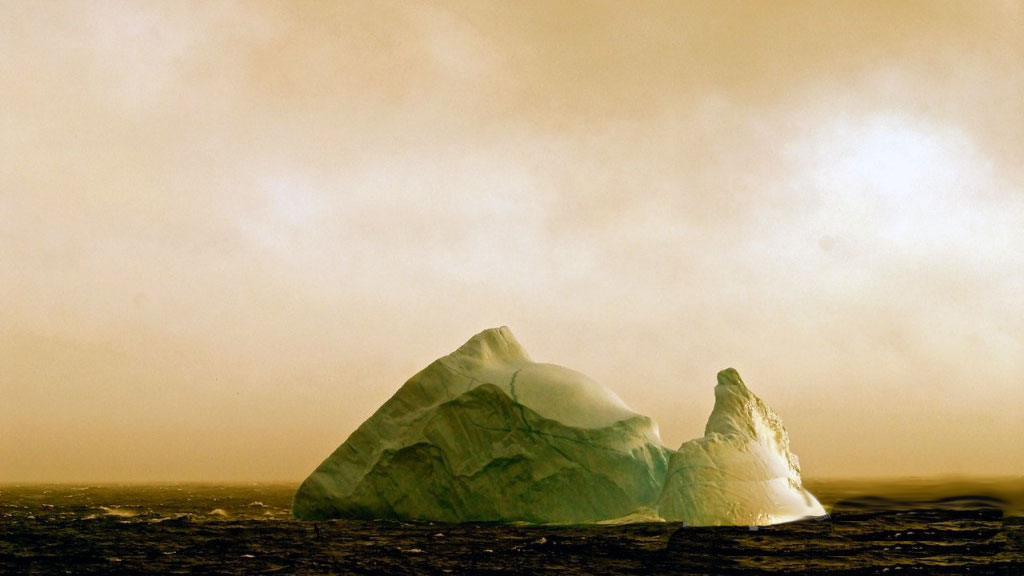If you are enjoying the launch of our Polar Bear Live Cams, check out our Arctic Photography Album and explore the best of the icy north through photographs.
As you peruse the gallery of flora, fauna, polar bears, glaciers and the landscape of Baffin Island, consider these strange facts:
- Baffin Island in the Canadian territory of Nunavut, is the largest island in Canada and the fifth largest island in the world.
- Named after English explorerWilliam Baffin, it is likely that the island was known to Pre-Columbian Norse explorers from Greenland and Iceland and may be the location of Helluland, spoken of in the Icelandic sagas (the Grœnlendinga saga and the Saga of Erik the Red.
- Baffin Island has both year-round and summer visitor wildlife. On land, examples of year-round wildlife are Barren-ground caribou,polar bear, Arctic fox, Arctic hare, lemming and Arctic wolf.
- Presently, 10 percent of land area on Earth is covered with glacial ice.
- Glaciers store about 75 percent of the world’s freshwater.
- The largest glacier in the world is the Lambert-Fisher Glacier in Antarctica. At 400 kilometers (250 miles) long, and up to 100 kilometers (60 miles) wide, this ice stream alone drains about 8 percent of the Antarctic Ice Sheet.
- Glacial ice often appears blue when it has become very dense. Years of compression gradually make the ice denser over time, forcing out the tiny air pockets between crystals. When glacier ice becomes extremely dense, the ice absorbs a small amount of red light, leaving a bluish tint in the reflected light, which is what we see. When glacier ice is white, that usually means that there are many tiny air bubbles still in the ice. (NSIDC)
- Polar bears need sea ice to survive.



